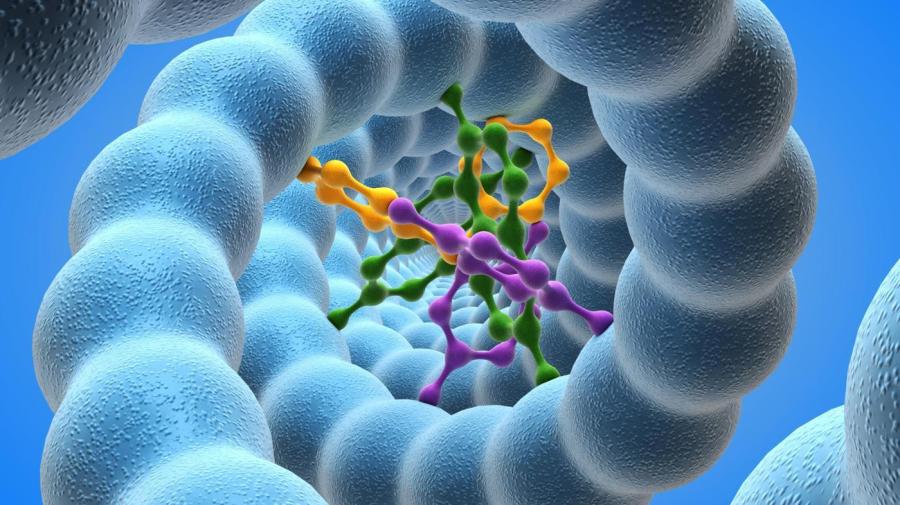What Is the Function of Nucleoids?

The nucleoid is the region of the cell that contains primary DNA material, which includes several proteins and enzymes that transcribe DNA and RNA and assist with cell growth and development. Nucleoids are components of unicellular organisms classified as prokaryotes. Along with a plasma membrane and cytoplasm, nucleoids form the three main components that all prokaryotic cells possess.
Nucleoids are thin, transparent areas of prokaryotic cells that contain DNA. Some DNA is contained in other areas of the cell as well, depending on the organism, but the nucleoid is the primary center for DNA transcription and replication. Prokaryotes do not have a membrane-bound, defined nucleus, so the nucleoid functions as a less structured way for them to organize their genetic material.
Nucleoids vary in size depending on cell type but generally have irregular shapes. The nucleoid differs from the nucleus of a eukaryotic cell, which generally has a defined shape and sturdy structure. DNA strands in nucleoids are circular or oval in shape and may occur individually or in pairs. DNA strands take several shapes; some are long and thin, resembling needles, while others are tightly coiled and packed.
Nucleoids also contain proteins and enzymes, which serve as biological catalysts, and house RNA as well. The proteins within nucleoids enable several biological processes to take place, including the packaging and formation of DNA. Enzymes, meanwhile, facilitate the replication and transportation of DNA strands to offspring.





